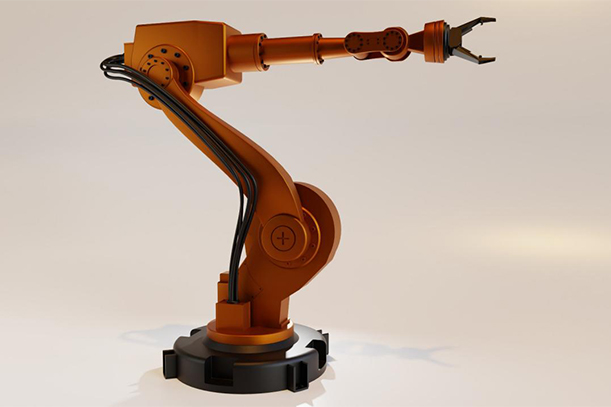Scientists at MIT have achieved a major milestone in robotics by creating tiny soft-bodied robots that can be controlled using a simple magnetic field. These remarkable robots, constructed from flexible magnetic spirals, have the ability to walk, crawl, and even swim, all in response to an easily applicable magnetic force.
Professor Polina Anikeeva, leading the team of researchers behind this innovative creation, expressed her excitement: "This is the first time this has been done, to be able to control three-dimensional locomotion of robots with a one-dimensional magnetic field."
She further emphasized the significance of the robots' composition, which primarily consists of soft polymers. Due to their soft nature, only a minimal magnetic field is required to activate these robots. The magnetic field necessary for their movement is remarkably small.The unique characteristics of these robots make them highly suitable for tasks in confined spaces. Their rubber bodies ensure a gentle touch, making them ideal for transporting delicate cargo in fragile environments.
Moreover, this technology holds tremendous potential for biomedical applications. The robots, currently designed to be millimeters long, can be scaled down even further, opening up possibilities for future development of smaller robots.
Until now, magnetic robots have relied on moving magnetic fields to propel their motion. However, Anikeeva and her team sought to overcome this limitation. As she explained, "If you want your robot to walk, your magnet walks with it. If you want it to rotate, you rotate your magnet." This restricted the range of environments in which these robots could be deployed.Anikeeva added, "If you are trying to operate in a constrained environment, a moving magnet may not be the safest solution. You want to have a stationary instrument that just applies a magnetic field to the whole sample."
Challenges with the magnetic robots.
Addressing this challenge, Youngbin Lee, a former graduate student in Anikeeva's lab, devised a solution. The robots he developed possess non-uniform magnetization, strategically magnetized in various zones and directions. This strategic magnetization allows a single magnetic field to generate a specific profile of magnetic forces, enabling the desired movement of the robots.Fabricating the flexible and lightweight bodies of these robots involves a meticulous process. Lee begins by combining two types of rubber with different stiffness levels. These layers are then heated and stretched into long, thin fibers. Due to the distinct properties of each rubber, one layer retains elasticity during the stretching process while the other deforms and loses its ability to return to its original shape. Consequently, when the strain is released, the contracting layer pulls the entire fiber into a tight coil, resembling the twisty tendrils of a cucumber plant.
A third material with magnetic potential is incorporated into a channel within the rubbery fiber to enable movement. After the spiral shape is formed, a specific magnetization pattern is introduced, allowing the robots to be programmed for their intended movement.
For instance, to create a crawling robot resembling a caterpillar, the helical fiber is shaped with gentle undulations. The robot's body, head, and tail are then magnetized, causing compression when a magnetic field perpendicular to the robot's motion is applied.The compression is released upon reducing the magnetic field to zero, resulting in stretching movements that propel the robot forward. In another design, two foot-like helical fibers connected with a joint are magnetized in a pattern that mimics walking.
This precise magnetization process generates a program for each robot and ensures easy control once the robots are fabricated. Furthermore, a single magnetic field can even set multiple robots in motion, moving in opposite directions if programmed accordingly. The team discovered an interesting effect whereby flipping the magnetic field's direction can cause a cargo-carrying robot to shake, releasing its payload gently.
With their ability to walk, crawl, and swim under the control of a weak magnetic field, these magnetic robots represent a remarkable achievement in robotics. As research continues and further advancements are made, these versatile and adaptable robots are poised to revolutionize a wide range of industries, from logistics to medicine.
Source: https://interestingengineering.com/innovation/magnetic-robots-walking-crawling-and-swimming




